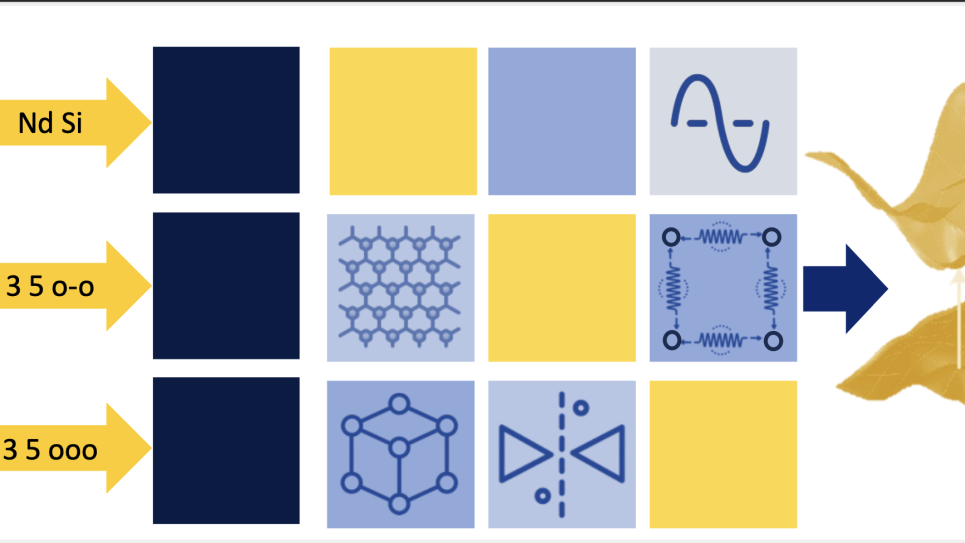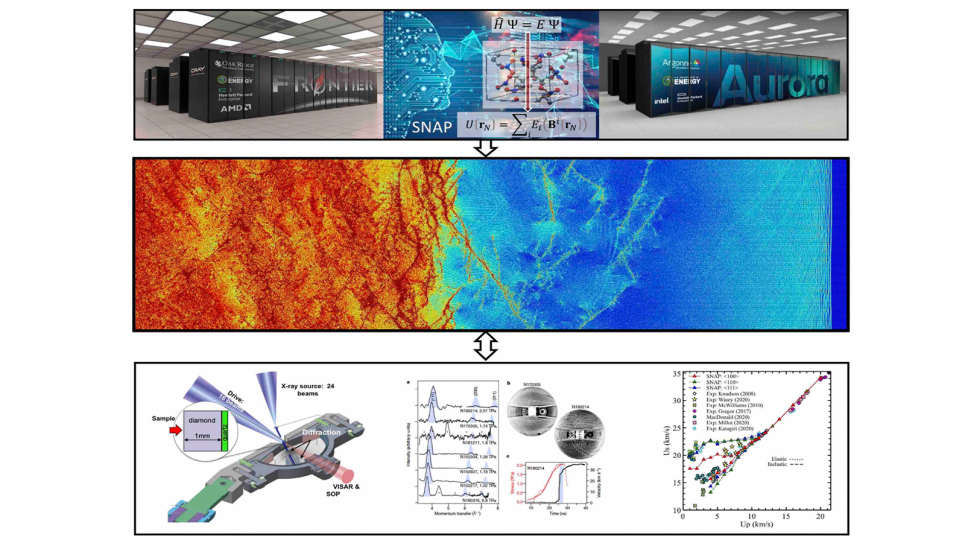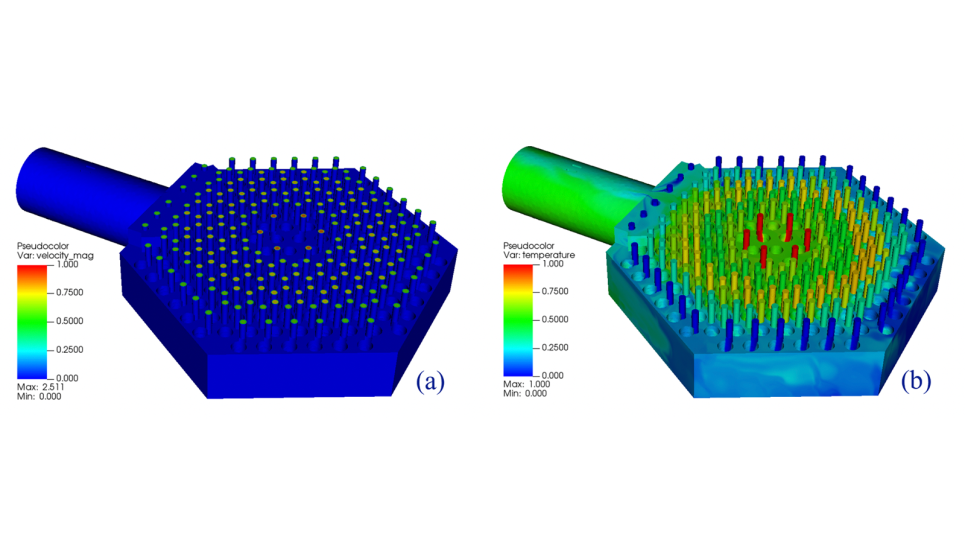Project Description
New and improved heat-transfer media with higher operating temperature ranges promise to turn solar-thermal power into a competitively cost-effective energy source. Molten salt mixtures are good candidates because of their high thermal decomposition temperatures. But their associated high boiling points are not an ideal property for solar-thermal energy production, which needs a large operating temperature window for optimal thermodynamic efficiency. The molten salt mixtures with the best eutectic balances need to be identified, but eutectic screening of multicomponent solutions has heretofore been cumbersome and time-consuming.
This project combines petascale high-performance computing with novel atomistic molecular dynamics simulations to efficiently predict the eutectic compositions in multi-component mixtures. The method exploits the interpolation of force fields (―alchemical‖ changes) in classical molecular dynamics within ensembles that communicate during the course of a single parallel run for locating the eutectic point of a given dimensionality of the mixture. The suitability of this scheme was demonstrated in a previous study at the Argonne Leadership Computing Facility by the authors for eutectic points of binary and ternary mixtures of lithium, sodium, and potassium nitrate mixtures.
The ability to rapidly predict the eutectics of multicomponent salt mixtures would make solar-thermal power facilities significantly more cost effective. It would also drastically reduce the costs for constructing solar-thermal power plants, because heated pipes that prevent crystallization of cold salts would not be needed if melting points could be lowered to ambient temperatures.


